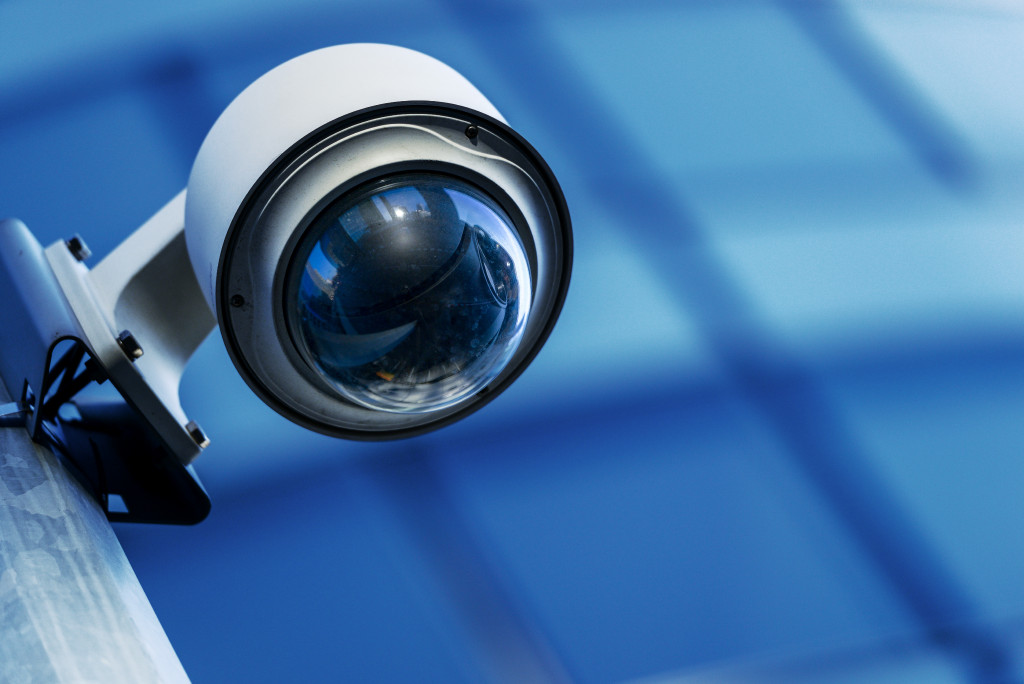Due to the pandemic, most employees were sent home to do their jobs remotely. That is to prevent the COVID-19 virus from spreading. In the United States, employees working from home peaked by the end of April at 62%. Although it upended existing systems of business, work from home arrangements had its silver lining too. For one thing, it provided a chance for workers and professionals to achieve a semblance of work-life balance.
While quarantining at home, employees had more freedom to focus on things beyond their job, even during workdays. Many have taken on new hobbies like baking or gardening. Most were thankful for the opportunity to bond longer with their families or fur babies. But this silver lining proved a little worrisome for businesses.
Bosses from all over started wondering what their staff is doing during work hours. They began thinking of means to monitor employees. This has triggered the recent boom in employee surveillance software.
What is surveillance software?
Surveillance software is designed to track the activities of an employee. While it’s been used in office-based work in the past, it has become even more relevant during the pandemic. Surveillance software allows managers and business owners to ensure that they are not paying wages to employees doing non-work related things.
Here are a few of the most popular employee surveillance software in the market:
- InterGuard – This software promises to track employee productivity. Log in and log out time are tracked, as well as idle and active time. To ensure employees do work-related activities while in an active mood, the software has built-in screenshot and website blocking capacities, among others.
- Teramind – This software is intuitive and has everything a manager needs from a tracking app. It’s one of the best-reviewed employee surveillance software in the market. It’s also one of the priciest at $12 per month per user.
- SentryPC – This is most suited to small businesses. It’s priced on the lower end of the surveillance software price range, without sacrificing features. There are no required minimum users, too.
Is the use of surveillance software ethical?
All debates have two opposing sides. In this particular issue, we take the side of employees. Surveillance software is intrusive and borderline desperate. It gives the impression that a particular business or manager lacks trust toward their employees. And trust is the foundation of all working relationships, whether personal or professional. What are all those team buildings for, after all?
Consider this picture; an account manager for an advertising agency preparing a campaign deck moving away from their laptop to brainstorm and jot down ideas on paper. Or an SEO consultant making an official phone call away from their computer. These are legit work being done. But such creative or practical impulses won’t be captured or recorded by any surveillance software out there. That alone makes the whole idea of employee tracking via AI questionable.
Management priorities should be reevaluated. What’s more important to you as a leader? To know that your staff is seated at their desk for eight hours straight, delivering substandard output? Or to allow your staff the freedom to manage their time so long as their deliverables are made on time and in the best possible quality?
The latter’s more up-to-date answer. Something a manager should adopt unless they are still trapped in the traditional notion of nine-to-five measure of employee productivity.
Clever ways to evade company gaze
Employees working from home, as expected, pushed back. As they say, need is the mother of invention. While businesses found an ally with employee surveillance software, employees found counter-solutions.
One such solution is an anti-surveillance software called Presence Scheduler. It keeps Slack status active permanently. A subreddit thread has been dedicated to crowdsourcing ways to evade the company’s gaze. The cited tactics range from clever to downright ridiculous.

Experts have agreed that the current pandemic will forever change how we work and how we do business. This is where phrases like “distributed workplace” and “hybrid workforce” come in. These ideas call for the recalibration of traditional models of human resource management.
If this recalibration would mean more employees will be sent home for remote work even after the pandemic, only time will tell. And should businesses go that way, they should understand that there are many benefits of remote work to be reaped on their end too.
A skeletal workforce in the office equates to less usage of electricity. That means decreased utility bills. And that’s just one savings opportunity available to businesses if employees do their work remotely. And maybe that should be enough of a bargain to lessen the need for employee surveillance?




